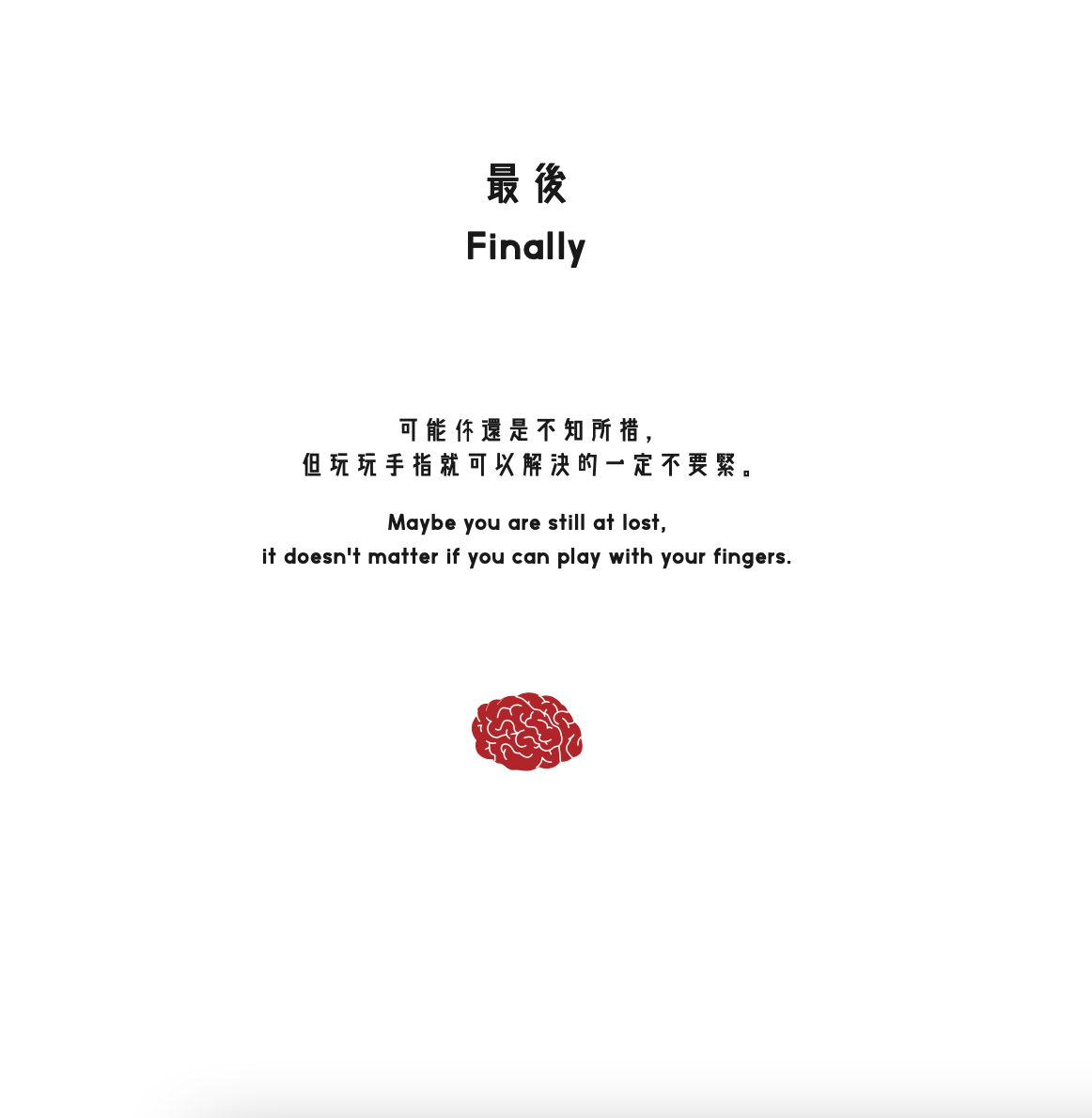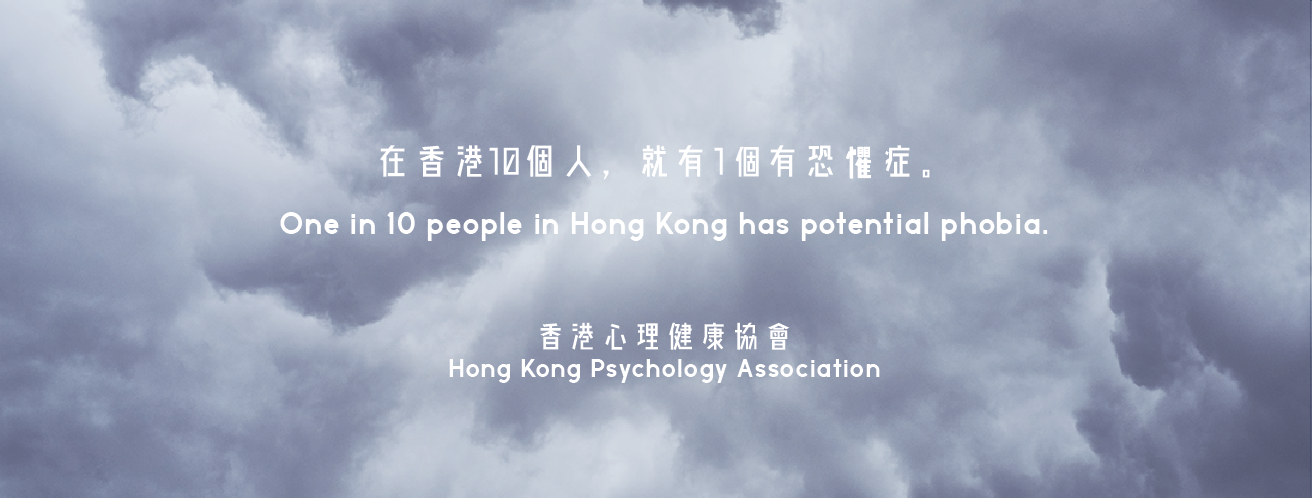
Fear Not. Human.
Your First Phobia Guide Book
Deliverables:
Art Direction . Book Content Writing . Illustration Design . Print Ready Arrangement . Poster Design
Fear Not. Human. is a concept-driven guidebook designed to challenge misconceptions about phobias and promote empathy, awareness, and self-acceptance.
Using a bold pop art aesthetic, the book transforms an unsettling subject into something visually engaging and approachable—balancing education with emotional resonance.
My Role: Art Direction · Book Writing · Marketing Planning
Tools Used: Photoshop . Illustrator · Indesign
It’s okay to be afraid
Through bold visuals and honest storytelling, Fear Not. Human. reframes fear as part of being human, not something to be hidden.
The Challenge
Phobias are typically hidden, stigmatized, or misunderstood. The challenge was to design a guidebook that could:
Educate audiences unfamiliar with phobias.
Provide reassurance and connection for those who live with them.
De-stigmatize the conversation through design that feels inclusive and accessible.
Flip the book *
Flip the book *
Design Approach
Visual Language:
Adopted a pop art style with vivid color, pattern, and playful typography to contrast the hidden, isolating nature of phobias.
Character-Driven Layouts:
Each phobia was represented through unique visual compositions, giving every fear its own voice and personality.
Tone of Voice:
Positioned the book as a friendly, casual guide—turning psychological complexity into relatable and digestible storytelling.
The Personal Insight
This project was born from my own experience living with phobias and seeing close friends face similar struggles. Too often, phobias are dismissed as irrational or humorous quirks, yet they can cause profound shame and isolation. My goal was to reframe fear as a universal human experience—not a weakness—by telling these stories with dignity, creativity, and warmth.

Humanize vulnerability by turning stigma into empathy.
This project became more than an academic exploration. It resonated deeply with peers, many of whom shared their own fears after engaging with the guidebook. It showed how design can support mental health awareness by using creativity as a bridge to understanding.
Transform personal experience into public relevance, reaffirming design’s role as both functional and emotional storytelling.



Results
The project successfully transformed complex philosophical and emotional themes into a visually engaging narrative that merged design, storytelling, and psychology. The publication received strong positive feedback from peers and faculty for its originality and conceptual depth, earning recognition as one of the standout creative research projects in the cohort. It demonstrated how visual communication can humanize abstract ideas—bridging emotion, design theory, and social commentary into one cohesive experience.

